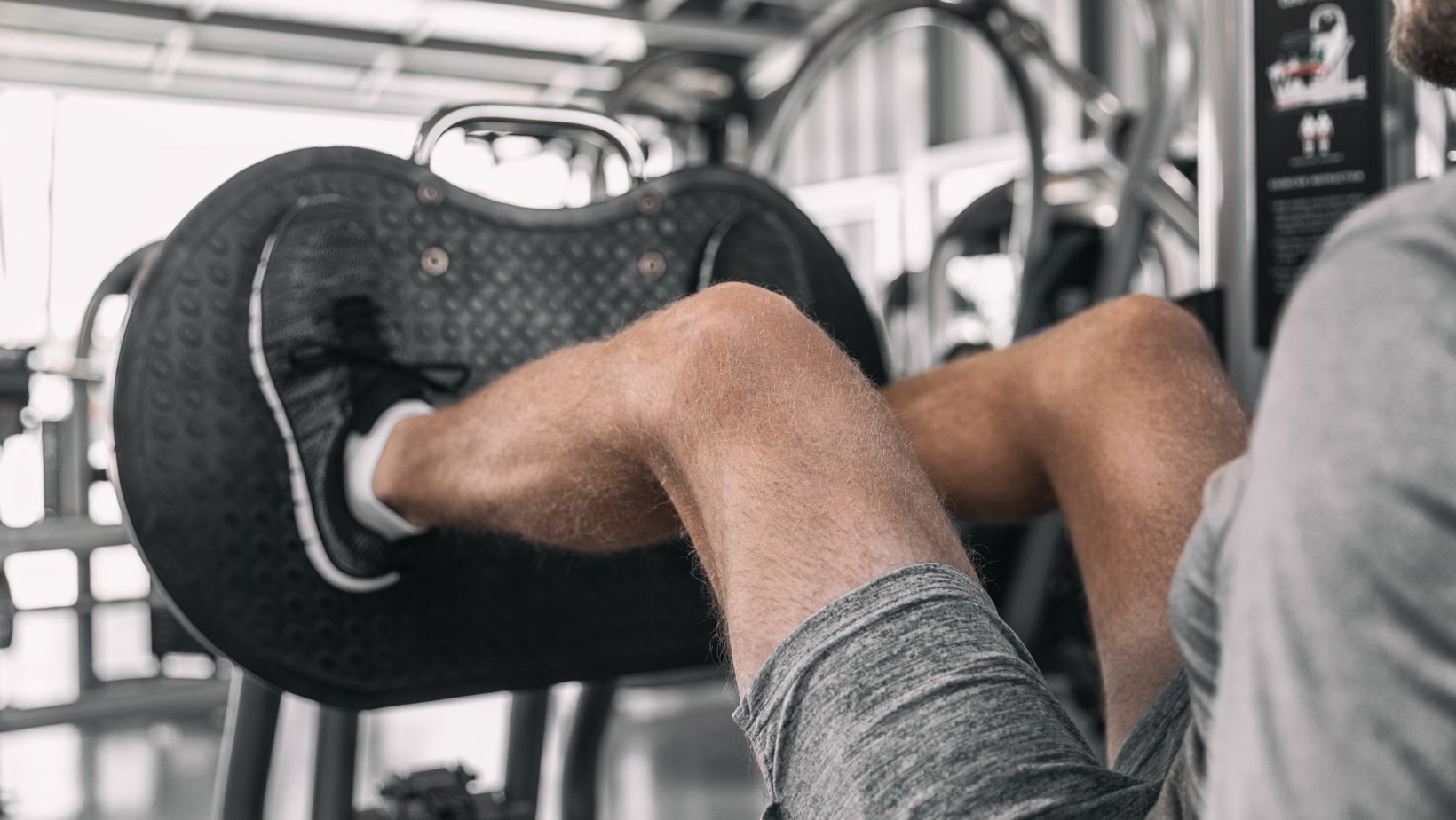When it comes to building strong and defined legs, a hypertrophy leg workout is key. As someone who’s passionate about fitness, I’ve discovered the power of targeted exercises to help sculpt and strengthen the lower body. In this article, I’ll share insights on how to craft an effective hypertrophy leg workout routine that maximizes muscle growth.
From squats to lunges, the exercises in a hypertrophy leg workout are designed to challenge your leg muscles and promote hypertrophy, or muscle growth. By focusing on higher repetitions and moderate to heavy weights, you can stimulate muscle hypertrophy and see significant gains in strength and size.

Hypertrophy Leg Workout
When it comes to a hypertrophy leg workout, it’s all about targeting specific muscle groups in your legs to promote muscle growth and increase strength. To achieve hypertrophy, I focus on exercises like squats, lunges, leg presses, and hamstring curls.
For hypertrophy training, I recommend performing 3-4 sets of each exercise, with a rep range of 8-12 reps per set. This rep range helps maximize muscle fiber recruitment, promoting muscle growth and definition in the legs.
Incorporating moderate to heavy weights during my leg workout sessions is essential to stimulate muscle hypertrophy effectively. I typically choose weights that allow me to complete the desired number of reps with proper form while still challenging my muscles.
Supersets and drop sets are also great techniques I use to intensify my leg workouts and push my muscles to fatigue. These advanced training methods help increase the metabolic stress on the muscles, contributing to greater muscle hypertrophy over time.

Designing an Effective Hypertrophy Leg Workout Plan
To create an efficient hypertrophy leg workout plan, I focus on key principles that optimize muscle growth in the legs. Designing an Effective Hypertrophy Leg Workout Plan entails incorporating compound exercises targeting major leg muscles. I select exercises like squats, lunges, leg presses, and hamstring curls for a balanced lower body routine.
Utilizing different leg exercises is vital to ensure comprehensive muscle activation in the quadriceps, hamstrings, glutes, and calves. I rotate exercises to prevent muscle adaptation and plateauing. Implementing variation keeps the muscles challenged, promoting continuous growth over time.
In my hypertrophy leg workout plan, proper form and technique are paramount. I always prioritize quality over quantity to minimize the risk of injury and maximize muscle engagement. Maintaining proper posture during exercises is crucial for targeting the intended muscle groups effectively.
Progressive overload is an essential component of my hypertrophy leg workout plan. Gradually increasing weights and resistance challenges the muscles, promoting continuous strength and size gains. I ensure progression by tracking my lifts and consistently aiming to lift slightly heavier weights.

Importance of Recovery in Hypertrophy Leg Training
Recovery plays a crucial role in hypertrophy leg training as it allows the muscles to repair and grow stronger. Ignoring the significance of adequate recovery can lead to overtraining, muscle fatigue, and hindered progress in developing lean and powerful leg muscles. It’s essential to prioritize recovery to maximize the benefits of your leg workout regimen.
To ensure effective recovery, I recommend incorporating rest days into your weekly training schedule. Rest days are not days off from training but rather active recovery days where you engage in light activities like stretching or low-intensity cardio. These activities promote blood flow to the muscles, aiding in their repair and recovery without adding excessive stress.
Additionally, maintaining proper nutrition is key to supporting muscle recovery. Consuming an adequate amount of protein, carbohydrates, and healthy fats helps replenish energy stores and provides essential nutrients for muscle repair and growth. Hydration is also crucial for maintaining optimal muscle function and aiding in recovery processes.
Moreover, sufficient sleep is paramount for muscle recovery and overall performance. During sleep, the body releases growth hormone, which is essential for muscle repair and growth. Aim for 7-9 hours of quality sleep each night to support your leg muscles’ recovery and enhance their hypertrophy potential.